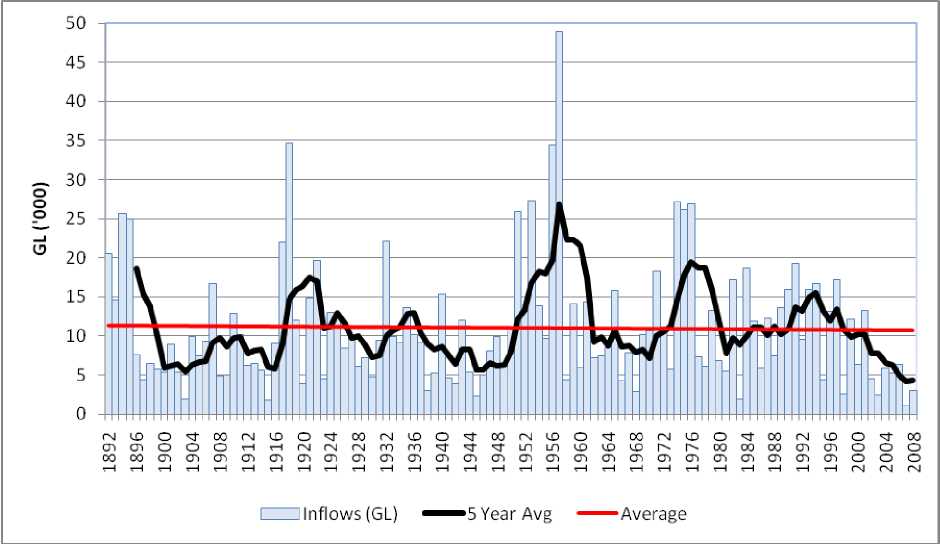Figure 2: Inflows to the Murray-Darling Basin 1892-2008

Within the Basin, an irrigated area of 1.7 million hectares of irrigated crops and
pastures produces output with a gross value of $4.6 billion. Dryland agriculture
in the Basin contributes $10.4 billion. The Basin accounts for 39 per cent of the
total value of agricultural commodities produced in Australia (Australian
Bureau of Statistics 2008).
There are over 2.7 million people living in the Basin (Murray Darling Basin
Commission 2006) all of whom are in some way dependent on water flowing in
the Basin as a source of potable drinking water, for the industry they work in
(primary or secondary), for recreation activities and for community networks. A
further 1.1 million people in Adelaide rely on the Basin to provide drinking
water (Australian Bureau of Statistics 2006).
The Basin includes over 1.9 million hectares of important wetlands. Ten of these
wetlands have been recognized under the Ramsar convention for their high
ecological significance as essential breeding grounds for diverse water bird and
fish species. Among numerous areas of importance, the Coorong lagoon
10
More intriguing information
1. NATIONAL PERSPECTIVE2. Plasmid-Encoded Multidrug Resistance of Salmonella typhi and some Enteric Bacteria in and around Kolkata, India: A Preliminary Study
3. Design and investigation of scalable multicast recursive protocols for wired and wireless ad hoc networks
4. Private tutoring at transition points in the English education system: its nature, extent and purpose
5. The name is absent
6. THE EFFECT OF MARKETING COOPERATIVES ON COST-REDUCING PROCESS INNOVATION ACTIVITY
7. Ruptures in the probability scale. Calculation of ruptures’ values
8. The name is absent
9. The name is absent
10. Critical Race Theory and Education: Racism and antiracism in educational theory and praxis David Gillborn*